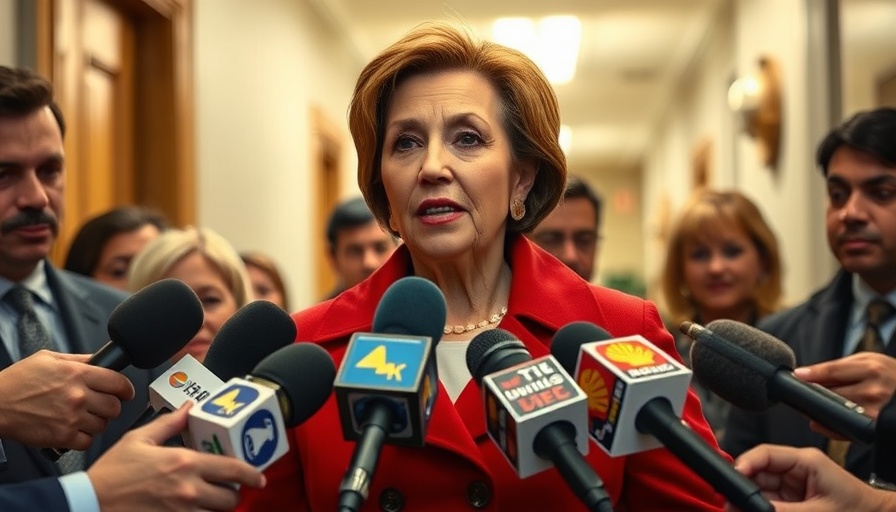
Parliament’s Toxic Work Culture: A Reality Check
Max Chandler-Mather’s recent remarks about the toxic culture in Parliament have ignited a conversation about workplace environments, especially in high-stress settings. This ex-Greens MP described the atmosphere as ‘bloody awful,’ highlighting incidents where shouting and disruptive behavior hindered the work instead of facilitating it. This admission resonates with many people who experience similar environments in their jobs, shedding light on the broader issue of workplace toxicity.
The Personal Experience of Workplace Stress
Chandler-Mather’s experience isn’t unique. Many employees across different sectors face similar pressures, which can lead to burnout and decreased productivity. According to a recent study, over 60% of employees feel that workplace stress affects their mental health. Factors such as unrealistic deadlines, lack of support, and poor communication can create a hostile work environment, leading to a cycle of toxicity that affects morale and performance.
Canberra's Reality: The Other Side of Politics
Amidst the political chaos, Chandler-Mather’s reflections remind us of the harsh realities that come with political careers. As he noted, the culture is often “miserable,” challenging the idealistic views many have about political settings. This scenario serves as a parallel to various corporate offices and industries where gossip, rivalry, and lack of transparency create significant barriers to effective teamwork and collaboration.
The Long-Term Impact of Toxic Work Cultures
Toxic work environments not only affect individual well-being but can lead to systemic problems within businesses. When employees are unhappy, it can lead to high turnover rates, decreased morale, and ultimately financial loss for companies. Research indicates that fostering a supportive and respectful workplace culture can enhance employee satisfaction and productivity, proving that a healthy work environment is not just a luxury but a necessity.
Looking Ahead: Changing Workplace Dynamics
With Chandler-Mather's comments in mind, leaders and policymakers are called to reflect and enact change. The contemporary workforce values mental health awareness and work-life balance more than ever. Companies and institutions hold the responsibility to create environments that protect employees’ mental health, ensuring that they can thrive and feel valued.
Promoting Better Practices at Work
Leaders can begin by implementing open channels for communication, encouraging feedback, and recognizing the signs of burnout. Providing resources for mental health support and creating programs aimed at promoting well-being can fortify a more positive workplace culture. Additionally, encouraging an inclusive and democratic environment where all employees feel heard can significantly alter the narrative of workplace toxicity.
Conclusion: Time for Action
The outcry from Chandler-Mather is a wake-up call for all sectors, encouraging a shift towards healthier work environments. Organizations need to examine internal practices and address potential toxicity to foster a culture of respect and collaboration. Looking forward, the responsibility falls upon both leadership and employees to cultivate a work culture that prioritizes mental well-being and productivity.
 Add Row
Add Row  Add
Add 




Write A Comment